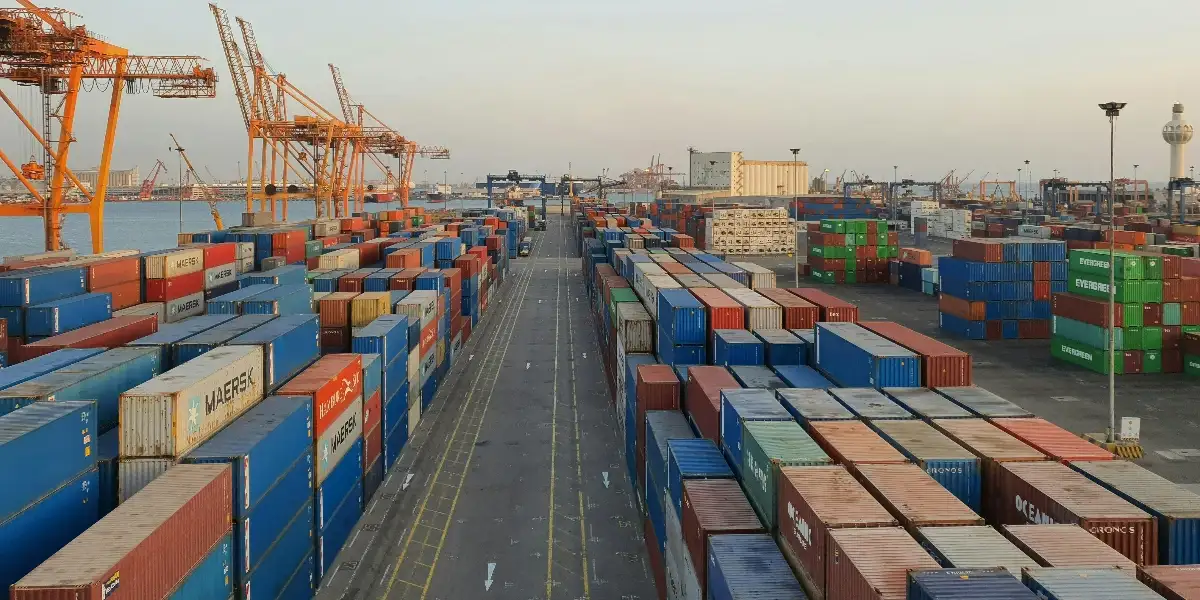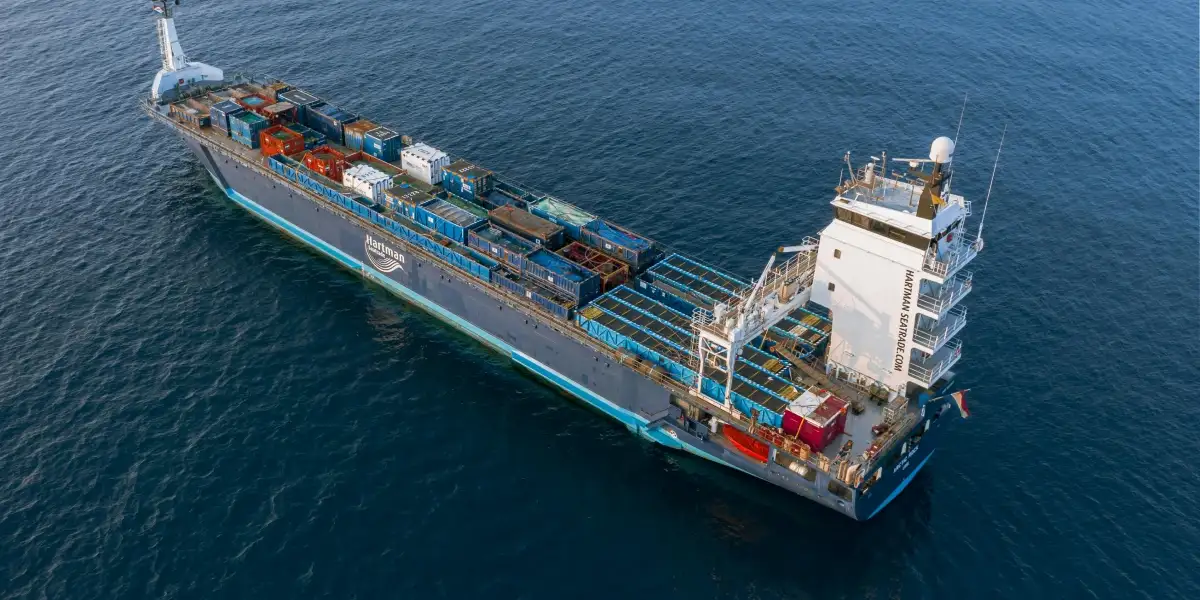As the International Longshoremen's Association (ILA) prepares to strike across all Atlantic and Gulf Coast ports, the implications for U.S. and global supply chains could be profound. This would be the first strike at these ports since 1977, poised to halt the flow of various goods at nearly all cargo ports from Maine to Texas, significantly affecting supply chain dynamics.
What We Know So Far: A Timeline of Events
September 29: The ILA has officially confirmed its plans to initiate a strike beginning at 12:01 a.m. on October 1, 2024. The strike will impact key ports, including the Port of New York and New Jersey—ranked as the nation's third-largest by cargo volume—and the Port of Baltimore, which handles the highest volume of auto imports. The ILA, the largest maritime workers' union in the U.S., manages cargo operations at nearly 40 container ports along the East and Gulf Coasts.
September 2024: Tensions between the ILA and port operators escalate, with the union signalling that negotiations have broken down. Workers along the East and Gulf Coast ports threaten to strike if their demands aren't met by the end of the month. A final attempt at federal mediation has been made, but industry insiders are not hopeful.
August 2024: Union representatives reported that discussions had been "unproductive." The ILA called for its members to prepare for potential labour actions as a show of solidarity. Meanwhile, port authorities began activating contingency plans, including delaying non-essential operations and advising carriers to divert routes.
July 2024: Discussions between the ILA and port operators officially stalled over wage disputes, working conditions, and the threat of job automation. This breakdown in talks coincided with a peak shipping season, leading to early concerns about potential bottlenecks at key ports.
June 2024: The ILA initially raised concerns over automation in port operations, fearing that introducing new technologies could lead to job losses. This issue and demands for better compensation set the stage for the current labour unrest.
Affected Ports and Industries
The ILA represents over 65,000 longshoremen across the United States East and Gulf Coast. If the strike proceeds, some of the most critical U.S. ports could come to a standstill. Here are some of the major ports they handle:
- Port of New York and New Jersey: As the largest port on the East Coast, this port handles around 9 million twenty-foot equivalent units (TEUs) annually. The ILA strike would halt operations, significantly affecting international trade and domestic distribution.
- Port of Savannah, Georgia: Another key player on the East Coast, Savannah processes over 5.5 million TEUs annually. A strike here would ripple across industries, especially automotive and agriculture.
- Port of Houston, Texas: One of the largest ports in the Gulf region, Houston is responsible for handling over 3 million TEUs annually. The port serves as a critical hub for the energy sector, with oil, gas, and chemical industries heavily reliant on its operations.
- Port of Charleston, South Carolina: This port processes around 2.8 million TEUs and is critical for industries like retail, electronics, and food products.
- Port of Baltimore: This port handles the nation's largest volume of auto imports.
Impact on Global Supply Chains
Here's a closer look at the potential repercussions of the impending ILA strike:
- Delayed Recovery: With the U.S. East and Gulf Coasts handling more than 50% of U.S. imports, a work stoppage could severely disrupt supply chains. As seen in past disruptions, it could take six days to recover from just one day of stoppage. A prolonged strike, especially during the peak season, would likely lead to logistics bottlenecks akin to the 2021-2022 backlogs.
- Port and Trade Lane Impacts: Key ports, including New York/New Jersey, Houston, and Savannah, would face significant slowdowns or closures, with impacts likely to be felt across trade lanes connecting to Asia and Europe.
- Shift to Air Freight: Companies may turn to air freight as a more reliable, albeit more expensive, alternative. Prices for air cargo will likely spike as demand increases, exacerbating already tight capacity.
- Port Congestion and Equipment Shortages: If the strike continues for an extended period, rerouted shipments could inundate U.S. West Coast ports, leading to container pile-ups and overwhelmed railroads. This scenario may result in chassis shortages, escalating trucking rates, rising detention and demurrage (D&D) costs, and additional accessorial costs.
- Complications for Exporters: The strike will cause operational complications for exports bound for Europe, Latin America, and the Indian subcontinent, primarily departing from U.S. East Coast ports.
- Increased Drayage and Transload Rates: During the pandemic, drayage rates surged over 20%. With port congestion and driver wait times potentially returning, similar cost increases may resurface, affecting overall logistics expenses.
- Sector-Specific Impacts: Sectors relying on just-in-time inventory systems, such as automotive and pharmaceuticals, may face severe operational challenges. Production delays due to strikes could jeopardize the supply of essential components and parts, particularly for automotive manufacturers reliant on East Coast ports.
- Potential for ILWU Solidarity: The International Longshore & Warehouse Union (ILWU), representing dockworkers on the U.S. West Coast, has pledged support for the ILA. This could lead to slowdowns on both coasts, further compounding the crisis.
Stay Informed: Real-Time Vessel Updates During the Strike
To support the global logistics community during this critical time, we have created a dynamic list of vessels the crisis may impact.For real-time updates on vessels en route to the East Coast, please leverage this list, which will refresh twice daily and provide information on impacted vessels for up to 30 days.







